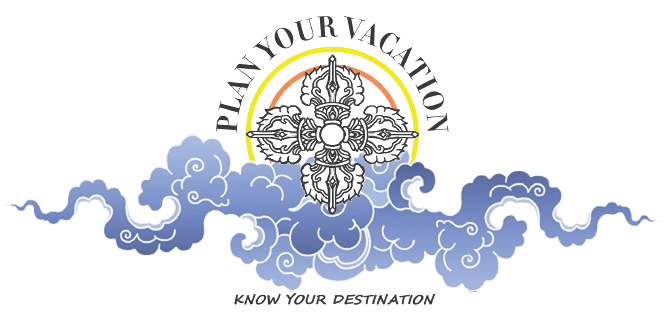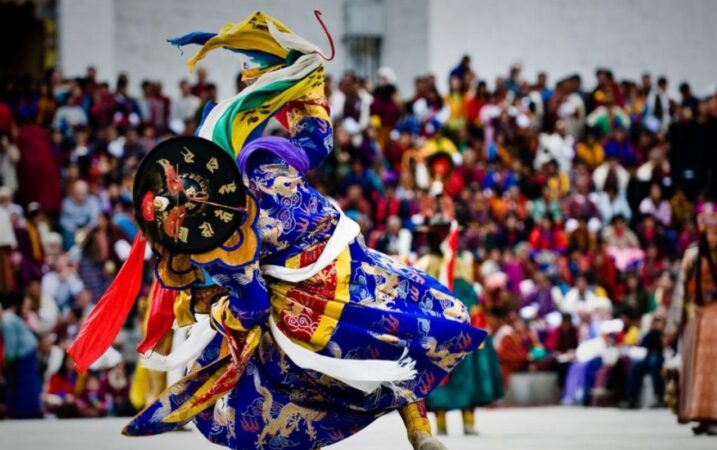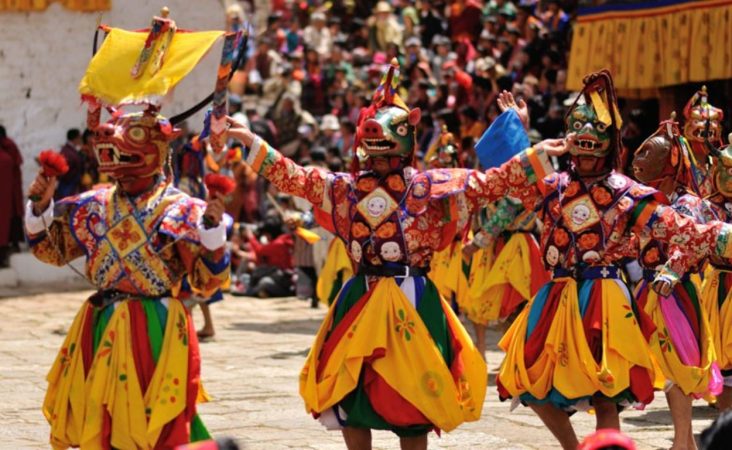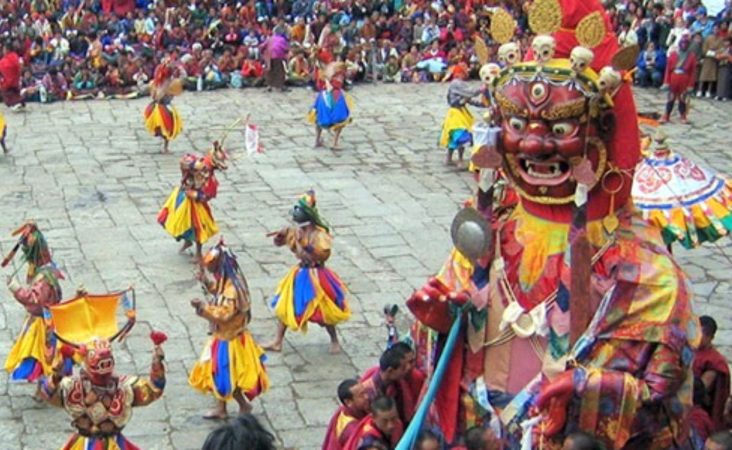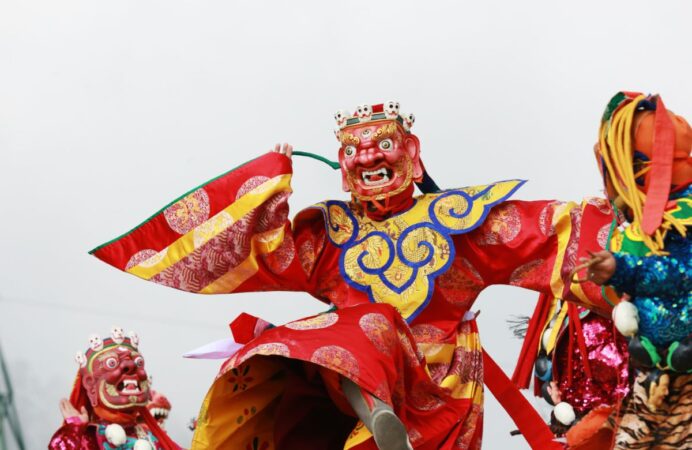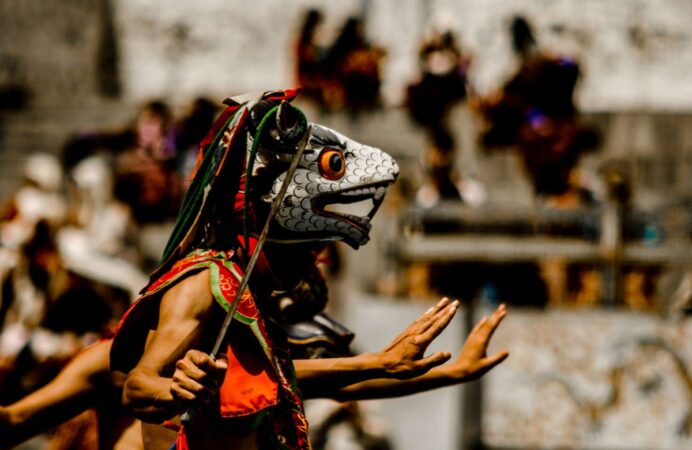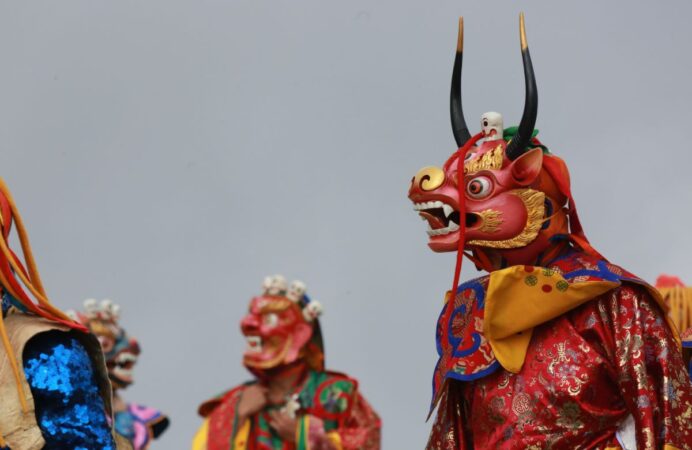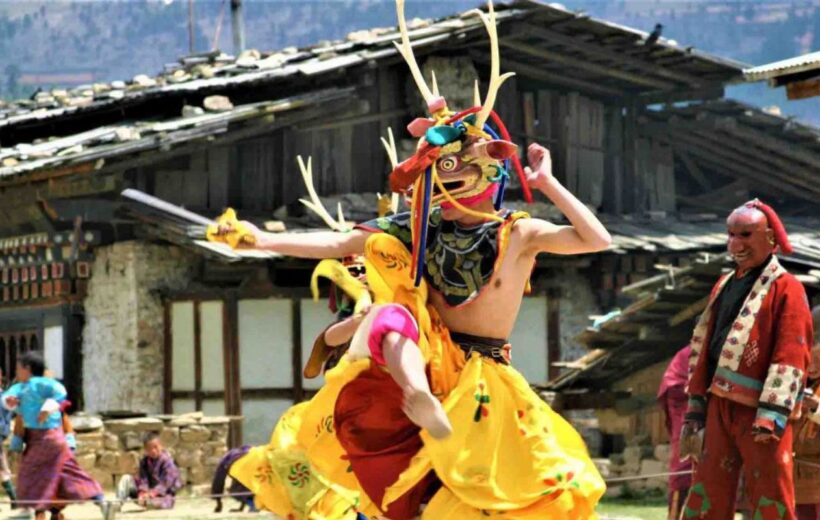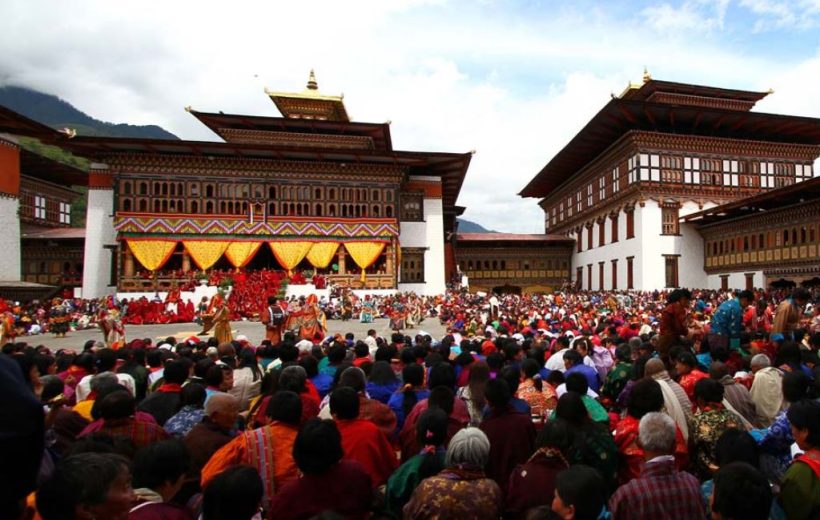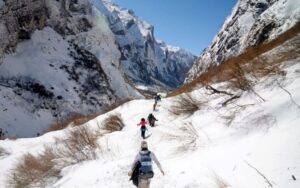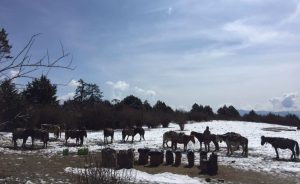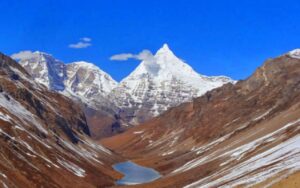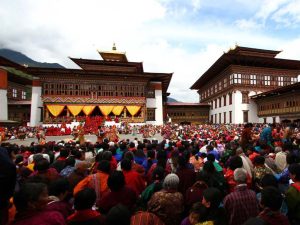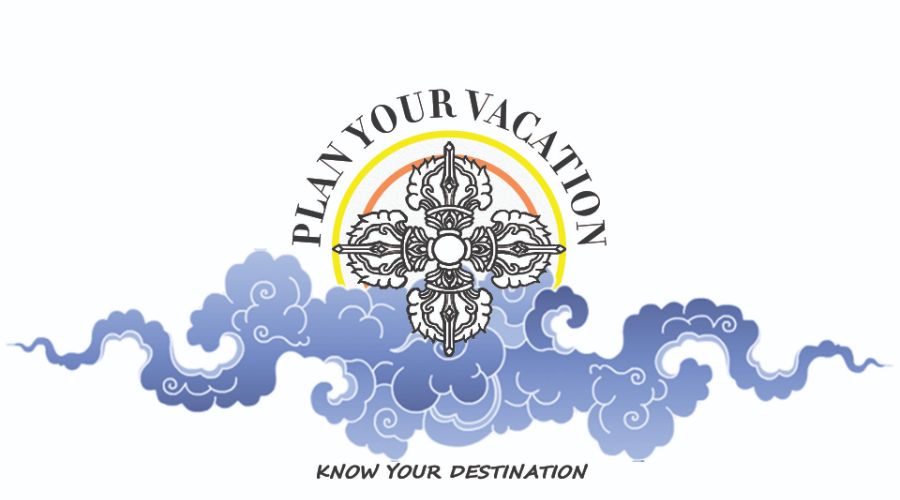Overview
This 7-day tour lets you experience the famous Paro Tshechu Festival in Bhutan. You will visit historic places in Paro, Thimphu, and Punakha. During the festival, you will see mask dances and the unfolding of a Thangkha painting. You will also visit important sites like the Late King's Memorial Chorten and Punakha Dzong. Before the tour ends, you will hike to the Tiger’s Nest, Bhutan’s holiest temple.
Included/Excluded
- The Bhutan SDF
- All accommodations
- Meals and mineral water
- A licensed English-speaking guide
- A driver and vehicle
- Air fare
- A visa fee of US$40
- Alcohol
- Gifts/Souvenirs
- Travel insurance and personal bills
- Museums & Monument Fees
Tour Plan
Day 1: Arrival in Paro (2,250m)
When you land in Paro with Druk Air, Bhutan’s national airline, your tour guide will greet you at the airport and take you to your hotel. After some rest, you will go sightseeing around Paro.
First, visit the Ta Dzong Museum, which showcases religious artifacts, art, and crafts that provide a great introduction to Bhutan's history, culture, and religion. Next, drive to Kyichu Lhakhang, one of the 108 temples built by Tibetan king Songtsen Gampo, similar in style to the Jokhang in Lhasa, with a large golden statue of Buddha Shakyamuni inside. Later, explore the Paro Rinpung Dzong, a 17th-century fortress located on the outskirts of Paro City, offering beautiful scenery and a sense of tranquility.
Stay overnight in Paro.
Day 2: Paro - Attend Paro Festival
Today, you will attend the Paro Festival to experience the grand celebrations. Paro Tshechu is one of Bhutan's most popular religious festivals, held annually in Paro. During the festival, monks perform mask dances in colorful attire, accompanied by chants and readings of Buddhist scriptures. Locals dress in their finest and most colorful national outfits for the celebration.
Stay overnight in Paro.
Day 3: Paro to Thimphu (2,350m)
In the morning, drive to Thimphu, Bhutan's capital city, following the Pachu River. The drive takes about 1.5 hours, with a stop along the way to see Tamchhog Lhakhang, a hereditary place of worship for Bhutan's iron bridge builders.
Thimphu, surrounded by rolling mountains, lacks skyscrapers and heavy traffic, making it known for its picturesque dzongs, fresh air, and friendly locals. Upon arrival, visit the Late King's Memorial Chorten, the National Library, the Folk Heritage Museum, the Hand-made Paper Factory, and the School of Arts and Crafts to learn about Bhutan's history, textiles, and traditional handicrafts.
The highlight of the day is touring Tashichho Dzong (Thimphu Dzong), the most beautiful dzong in Bhutan and the seat of the Bhutanese government.
Stay overnight in Thimphu.
Day 4: Thimphu to Punakha (1,250m)
After a delicious Bhutanese breakfast, travel northeast to Punakha, the former capital of Bhutan. Stop at the scenic Dochu La Pass (3,100m) for refreshments and a clear view of the Great Himalayas.
After lunch at Wangduephodrang (1,350m), continue to Punakha, where you will explore the renowned Punakha Dzong, considered the most beautiful dzong in Bhutan, located at the confluence of the Pho Chhu and Mo Chhu rivers. You will also visit Chimi Lhakhang, a popular Buddhist monastery built in 1499 by Ngawang Chogyal.
Return to Paro in the evening.
Stay overnight in Paro.
Day 5: Paro - Attend Paro Festival
Today, you will have another opportunity to attend the Paro Festival. If you're lucky, you'll see the giant Thangkha (Thongdrel) of Guru Rinpoche unveiled inside the Dzong, marking the festival's peak. In the evening, you can shop for local Bhutanese souvenirs.
Stay overnight in Paro.
Day 6: Trek to Taksang Lhakhang (Tiger’s Nest)
After breakfast, embark on a trek to Taktshang Goemba (Tiger's Nest), a temple perched on a cliff at 3,120 meters in Paro Valley. It is the holiest temple in Bhutan, where Guru Padmasambhava (Guru Rinpoche) is said to have flown on a tigress and meditated in the cliffside caves for three months. From here, enjoy panoramic views of Paro Valley.
After lunch, you may choose to relax with a stone bath or explore the area at your leisure.
Stay overnight in Paro.
Day 7: Departure from Paro
Your tour guide will transfer you to Paro International Airport for your departure to your next destination. The tour ends here.
Tour Map
FAQ
Bhutan is a year-round destination. There are four seasons: summer (June to August), autumn (September to November), winter (December to February) and spring (March to May). But because of the range of altitudes in the country, and the influence of the north Indian monsoons, the climate is incredibly varied.
In the south, the humid, subtropical climate is fairly consistent year-round, with temperatures between 15oC and 30oC. Central Bhutan, with its temperate forests, has a more seasonal climate, with warm summers and cool, dry winters. The northern regions are much colder during winter. Because of the high altitude, mountain peaks are snowy year-round and the lower reaches remain cool in summer.
In summer, the Indian monsoon season runs from late June or July to late September, mostly affecting the southern regions. Most farming activities take place in the summer, when crops thrive in verdant landscapes.
Autumn, from late September or early October to late November, follows the rainy season. It is characterised by bright, sunny days and some early snowfall at higher elevations. It’s the season of feasts and festivals as farmers reap the fruits of their work.
From late November until March, the crisp, clear and sunny winter sets in, with frost throughout much of the country and snowfall common above elevations of 3,000 metres. The winter northeast monsoon brings gale-force winds at the highest altitudes through high mountain passes, giving Bhutan the name Drukyul, which means Land of the Thunder Dragon in Dzongkha (Bhutan’s national language).
Bhutan’s generally dry spring starts in early March and lasts until mid-April. It is a botanist’s delight, with nature in full bloom. Summer weather commences in mid-April with occasional showers and continues to late June.
The SDF is USD 100 per night for adults from all countries except for India. Children aged between 6 years and who have not yet turned 12 are eligible to pay USD 50 per night. Children who have not yet turned 6 years old do not have to pay any SDF.
The SDF for Indian nationals (showing a valid Indian passport or Voter ID card) is Nu. 1,200 (or the equivalent amount in Indian rupees) per person, per night. Children aged between 6 years and who have not yet turned 12 are eligible to pay Nu./INR 600 per night. Children who have not yet turned 6 years old do not have to pay any SDF.
While most monuments in Bhutan are free, some are chargeable. For the full list of monument fees, please click here for more information. Children below 18 years will have a 50% concession and children aged five years and below will be exempted. Most monuments are open from 9am – 5pm each day. In June 2023 it was announced that foreign visitors can now visit monuments whenever they are open to the general public, without any restrictions.
